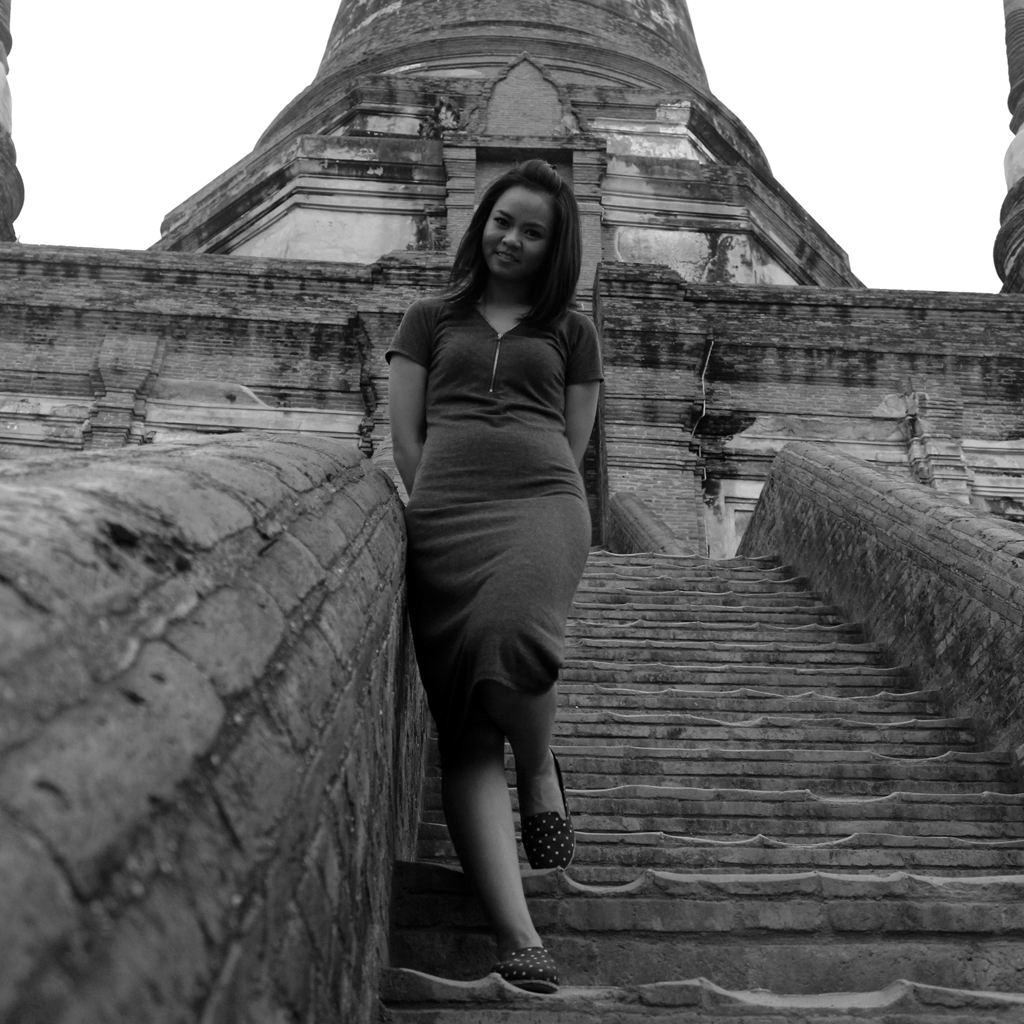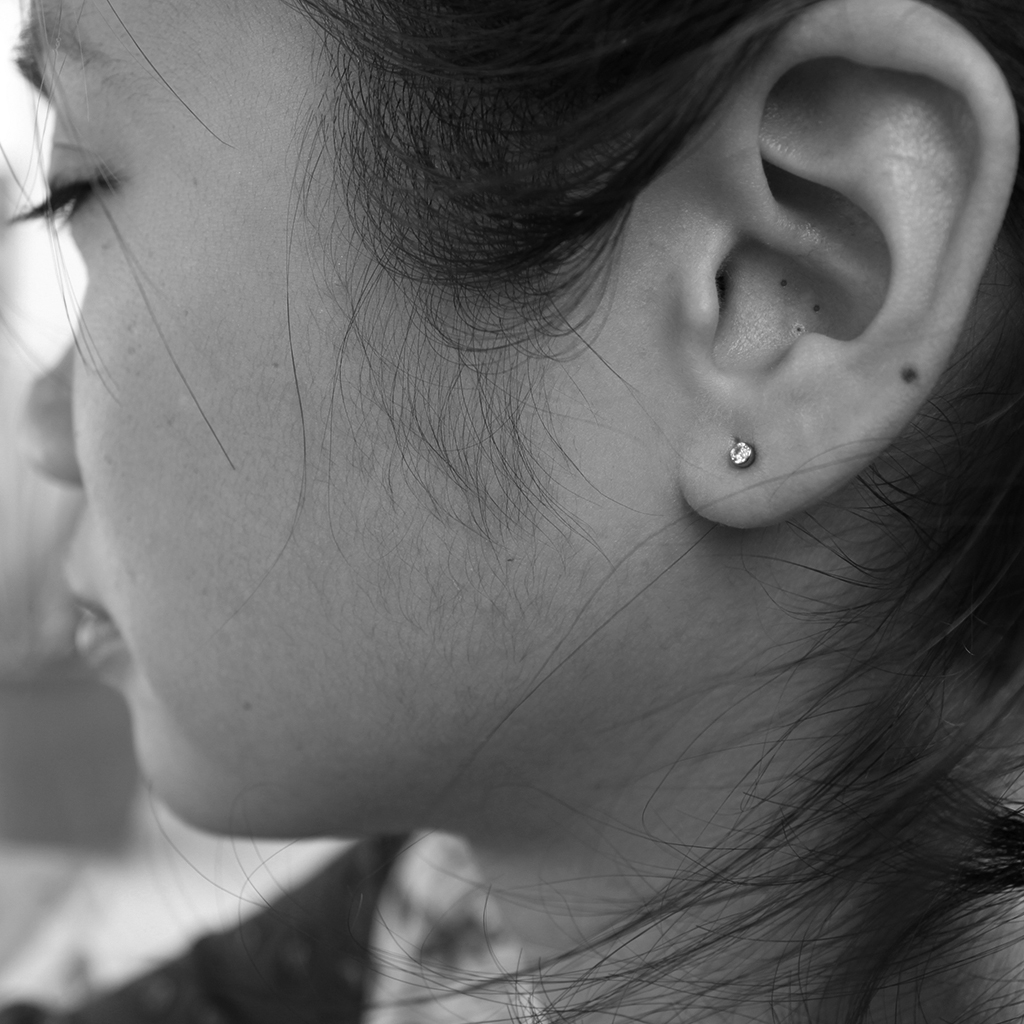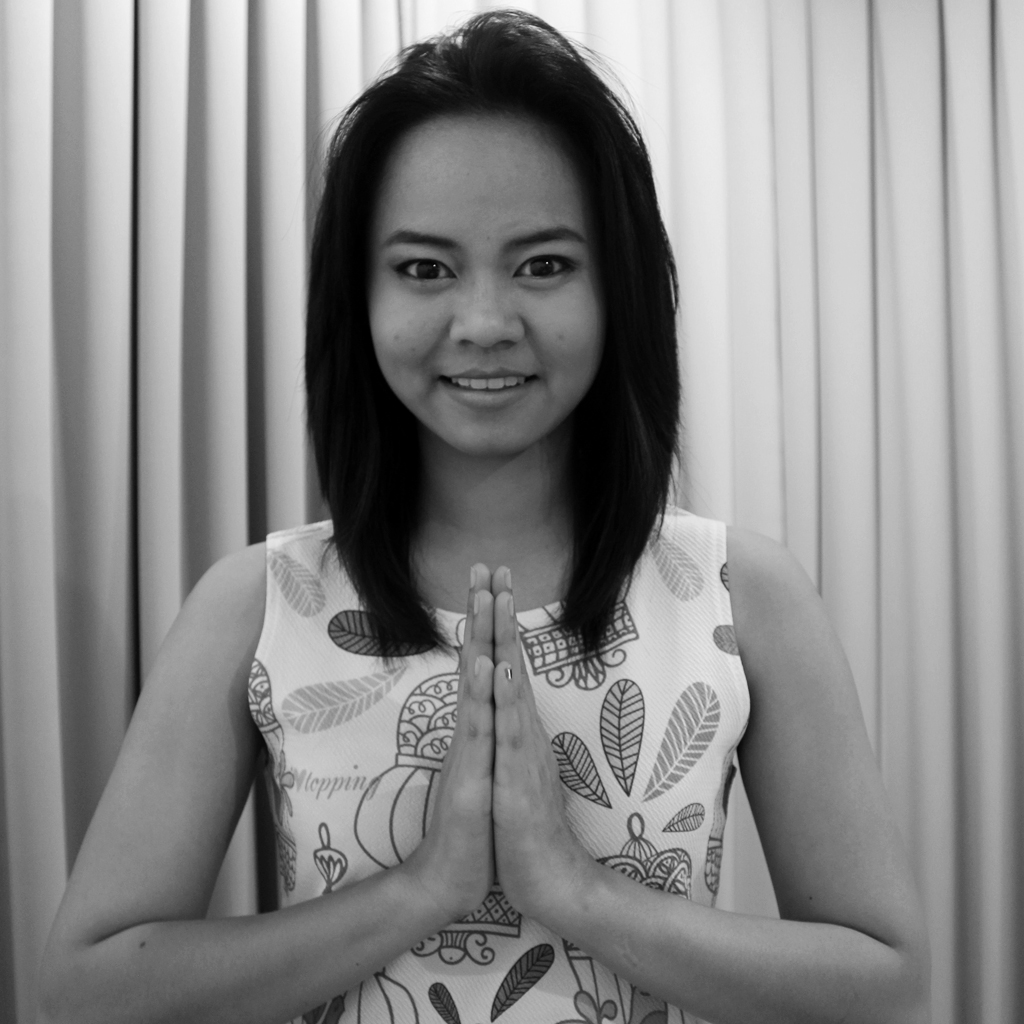Thailand’s traditional Khon dramas feature the use of highly stylized and intricately detailed Khon masks, which make each of the characters instantly recognizable.
Thai plays revolve around dance, and the dances represent specific aspects of Thai culture and spiritual practice. The most popular type of traditional stage art is Khon drama, which relies on the use of the stylized Khon masks.
These masked dramas appeared centuries ago as a localized version of the famous Indian epic, the Ramayana. In this art, the dance is an inseparable part of the performance; each dance step, such as running, jumping, laughing or parading, carries a certain meaning and is accompanied by given musical themes.
Before the 19th century, almost all characters in Khon dramas were played by male actors. Later, women started taking roles as well. All actors and actresses wear masks and there is no spoken dialogue. The story is carried with songs and limited dialogue provided by a choir.
Although the masks are vital for Khon drama, the traditional art of making these masks is gradually disappearing. Not many young people are willing to spend the years required to learn how to make masks. As a result, there are few places remaining which specialize in making Khon masks.
One of the Khon mask producers still operating in Thailand is an outdoor workshop in Angthong, about 100 km from Bangkok, owned by the artisan Prateep Rodpai. Visitors can watch the process these artisans follow to produce, from raw materials, a finished traditional mask.
Khon masks are handmade at every step, from strengthening the paper materials used, to drawing, painting and decorating the masks. The masks, which sell for around USD5-12, represent up to 10 days work by the Thai artisans.
Visitors can easily distinguish between some of the characters in Khon drama because of the colours of the masks. The mask of the hero Phra Ram has a green face. Phra Lak, Phra Ram’s brother, has a yellow face, while the “monkey king” Hanuman, probably the most well-known character, has a white face.
Today, Khon masks are not only used for plays, but are sold as souvenirs and function as decorative items for restaurants or hotels in Thailand.
Visitors to Thailand enjoy watching the production process of these unique masks.



No Comments